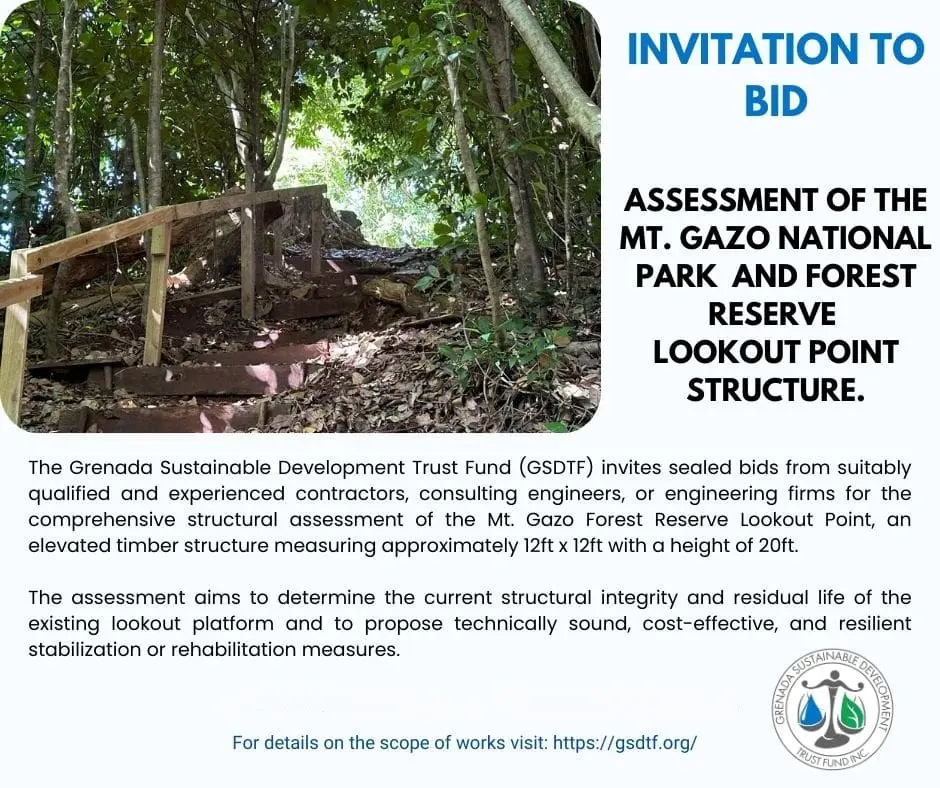We Support
The GSDTF supports single grants lasting no more than two years ranging from USD $5,000 to USD $75,000 and may adjust this range as required. Depending on the project outcomes, grantees may be able to apply for and receive additional funding following the implementation of the first grant.
The GSDTF will consider funding initiatives in the following areas:


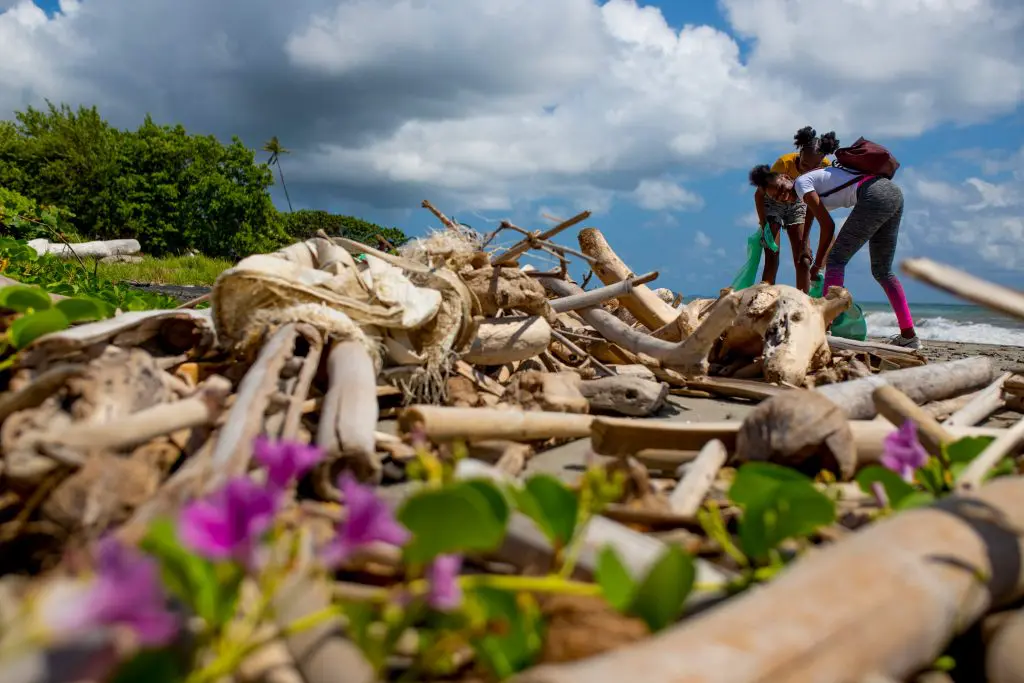
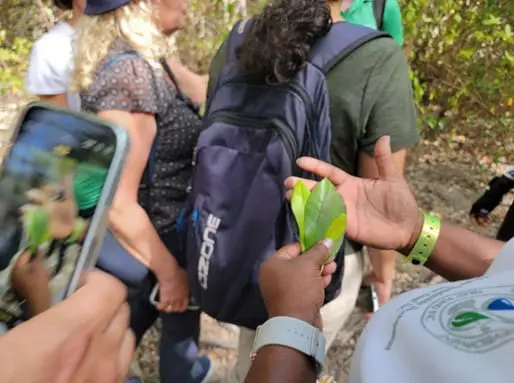
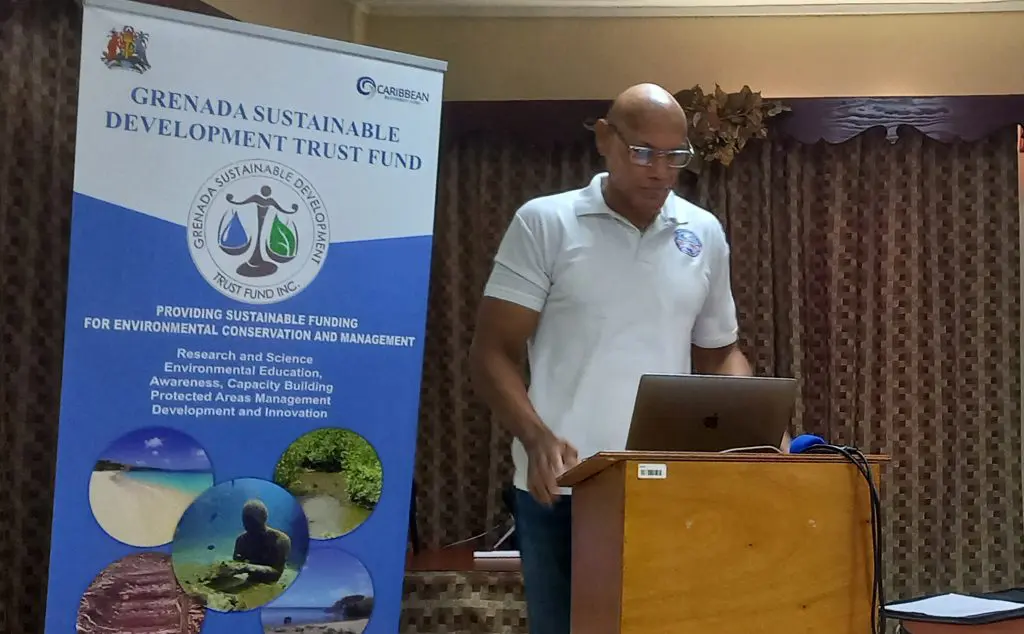
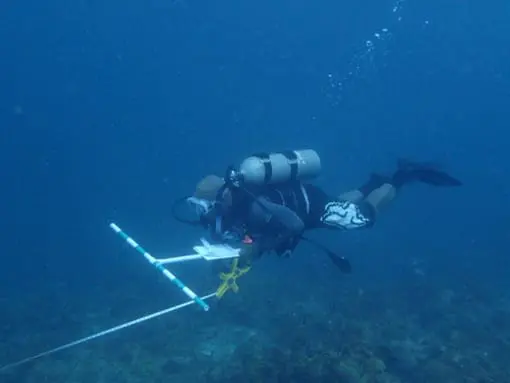
1. Baseline data collection on resource use, biodiversity in sites, pollution and water quality, monitoring of restoration sites to develop recommendations for management
2. Status assessment of local/regional population and health levels of globally threatened species in order to develop appropriate local management recommendations
3. Best Practices approach for protecting significant biological or habitat areas; and
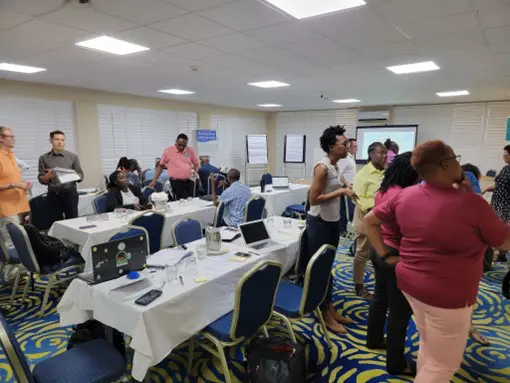
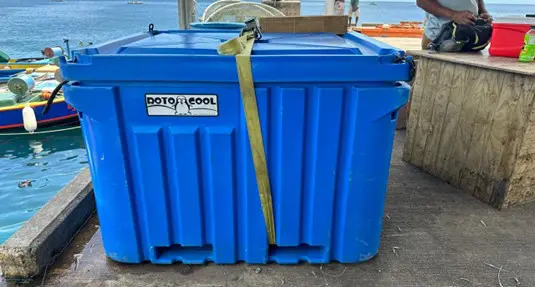
The procurement of infrastructure, materials and supplies related to specific natural resources, biodiversity and livelihood management projects.
The GSDTF encourages proposals that demonstrate the following characteristics:
- Existence of co-financing or the ability to leverage additional funds
- Demonstration of coordination with other organizations to reduce duplication of efforts and potential results
- Collaborate in developing management plans
- Support to local communities in community-based management activities for biodiversity conservation
- Ample technical competence in biodiversity/marine conservation as well as competence in project monitoring and evaluation to ensure proper tracking and reporting of grants activities and programs
- Promote the development of strategic partnerships and joint efforts among
- Government agencies, community groups and private sector entities

